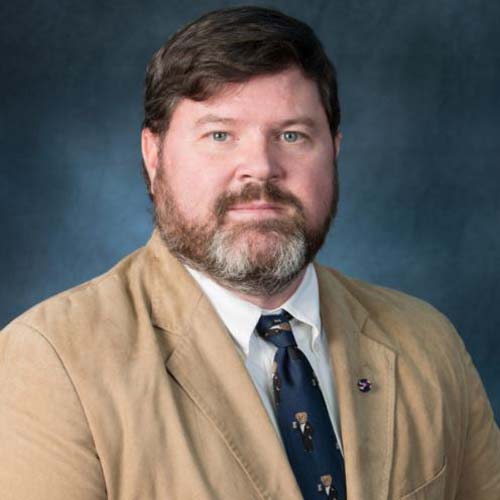Grad Impact: Using Traditional and Emerging Technology to Better Understand U.S. History
 As a first-year doctoral student in anthropology at Colorado State University, Ray Sumner believes public outreach and public archaeology are important aspects of his research. Sumner’s doctoral project is a multifaceted, interdisciplinary approach that relies on geography, archaeology, and history methods to better understand the 1865 Sacking of Julesburg, an event that succeeded the Sand Creek Massacre in which many Cheyenne and Arapaho people were killed.
As a first-year doctoral student in anthropology at Colorado State University, Ray Sumner believes public outreach and public archaeology are important aspects of his research. Sumner’s doctoral project is a multifaceted, interdisciplinary approach that relies on geography, archaeology, and history methods to better understand the 1865 Sacking of Julesburg, an event that succeeded the Sand Creek Massacre in which many Cheyenne and Arapaho people were killed.
Sumner uses traditional archaeological methods, such as excavation, but also employs emerging technologies, such as, aerial drone mapping, ground-penetrating radar, and thermal imaging to locate the lost stage stations, ranches, Indian camps and villages that are associated with this time period. He hopes his work will also serve as a rural economic development tool for heritage tourism in the area. Sumner says that, “Through my research process what I hope to achieve is for the Cheyenne and Arapaho to reclaim their agency and have people not just focus on the darkest days in Colorado’s history.” He is in the process of initiating tribal consultation with a number of Native American tribal governments this summer and looks forward to incorporating their perspectives, voices, and concerns into his research.
Sumner was recently named a VPR Graduate Student Fellow at Colorado State and received the Innovation in Liberal Arts award at this year’s CSU Ventures Demo Day. In addition to his studies, Mr. Sumner is involved with the Veterans of Foreign Wars (VFW) and the American Legion, after serving 22-years in the United States Army. He’s the current Commander of Post 1879 of the American Legion and the President of the Colorado American Legion Press Association (COALPA).
Visit the GradImpact Feature Gallery to learn more about the amazing, innovative research being done by graduate students and alumni across the world.